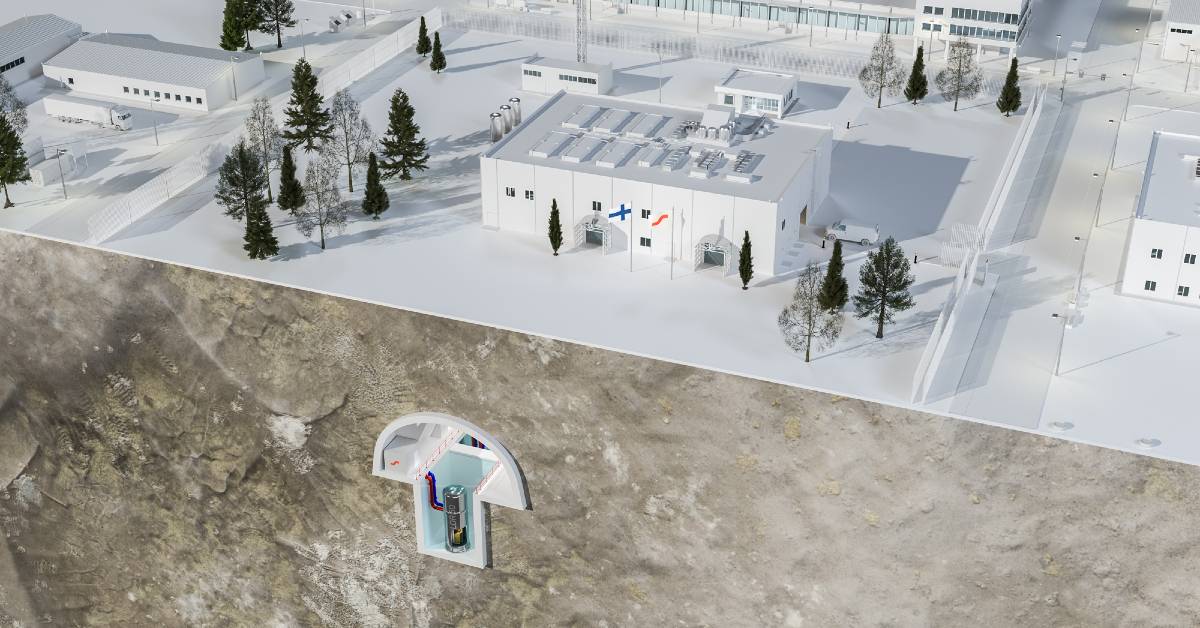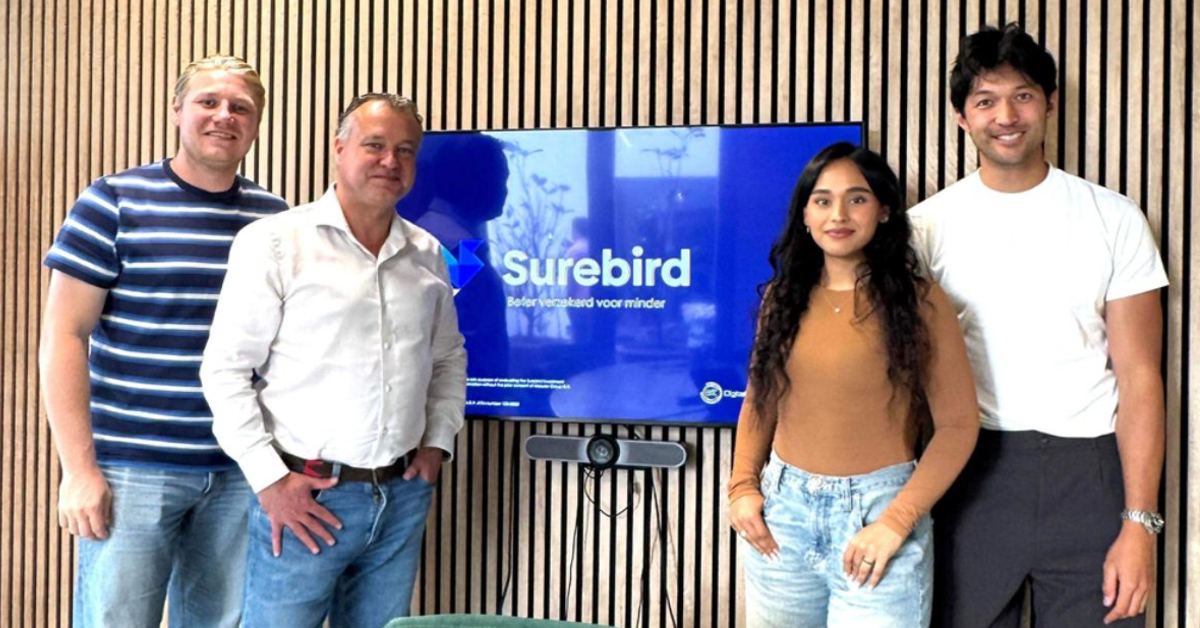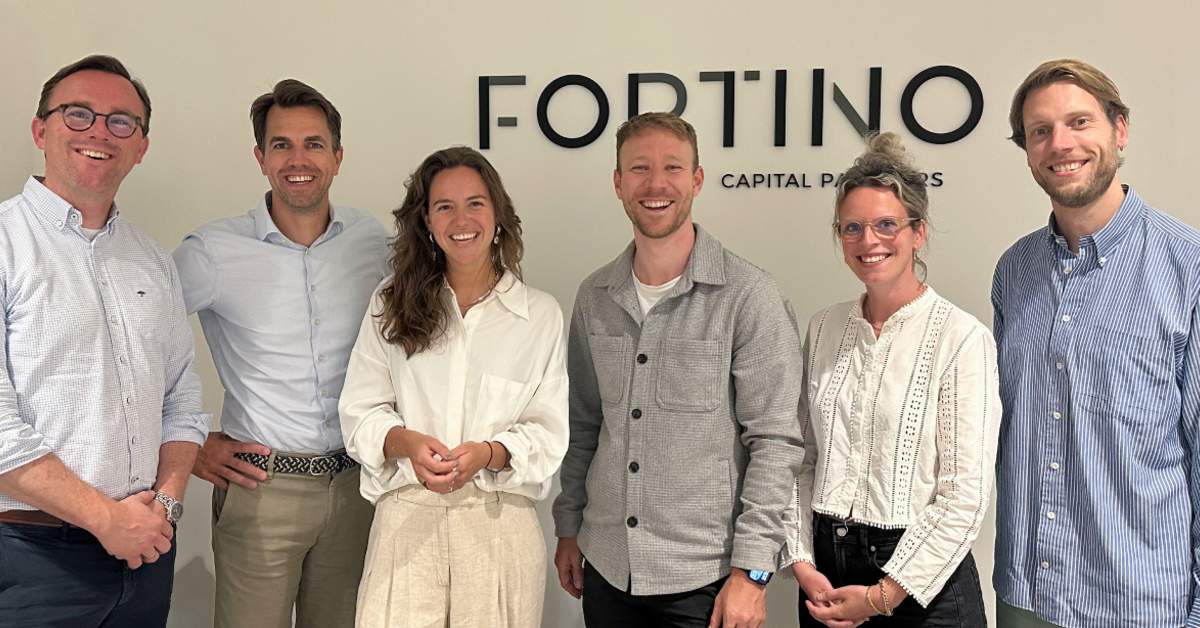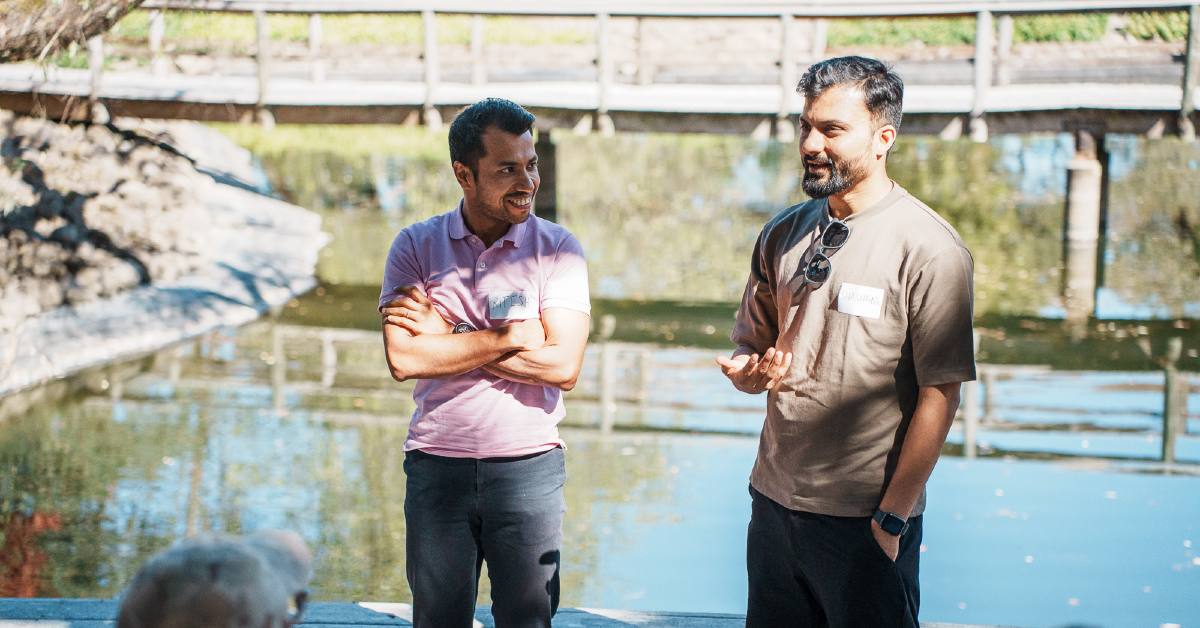Berlin/Potsdam-based sensmore, a robotics startup, has secured $7.3M (approximately €6.4M) in a funding round led by Point Nine Capital, an early-stage venture capital firm focused on SaaS, AI, and B2B marketplaces
Ricardo Sequerra Amram, Partner at Point Nine, says, “What sets sensmore apart is their ability to translate cutting-edge AI research into robust, modular solutions that work in the field today. Their deep customer collaboration and exceptional technical team are laying the foundation for a new wave of reindustrialisation across mining, construction, and beyond.”
Other international backers from the US and UK, including Acequia Capital, Tiny Supercomputer, Prototype Capital, and Entrepreneur First, joined the round.
Among the company’s backers are prominent founders and industry veterans, including Amar Shah (Wayve), Michael Wax (Forto), Arnoud Balhuizen (former CCO of BHP, board member at Teck Resources), Thilo Konzok, Roby Stancel, Robin Dechant, Alexey Zhigarev, and Elmar Leiblein (former CEO of Thyssenkrupp Mining).
Additional funding has been received from the State of Brandenburg and the European Union.
Fund utilisation and expansion plans
The company will use the funds to bring Physical AI to the world’s largest mobile machinery.
Talking about expansion plans to Silicon Canals, Maximilian Rolf, co-founder and CEO, says, “At this stage, customer proximity matters. We work closely with our customers to shape the perfect product. In the long term, mining and construction are global markets after all, expanding to Australia, the US, and Chile will be key to driving mass adoption and democratising access to intelligent heavy machines.
sensmore: Turning mobile machines into intelligent robots
Founded by Maximilian Rolf (CEO) and Bjarne Johannsen (CTO), sensmore specialises in Physical AI to turn the world’s largest mobile machines into intelligent robots.
With this technology, the company aims to address the labour shortages across sectors like construction, mining, and raw materials.
As a full-system provider, it retrofits fleets like wheel loaders and haul trucks with a modular platform integrating end-to-end AI and Vision-Language-Action Models (VLAMs).
“That means faster deployment, lower cost, and smarter, more adaptive machines at fleet scale,” says Rolf.
This enables real-time automation of complex tasks such as load & carry in production environments where it was previously out of reach.
Safety and automation at scale
From haul trucks and dumpers to wheel loaders, sensmore automates entire fleets.
The company’s technology transforms any machine into an autonomous, self-reasoning robot that can solve complex tasks in real-time, without prior training.
“In the first step, we’re working with a functional safety concept around the infrastructure. Automated machines and humans are strictly separated. In the future, the functional safety layer will be part of the onboard automation stack to enable mixed traffic operations, so manned and unmanned machines work side by side,” explains Rolf on AI handling new tasks without training.
According to Rolf, the technology was co-developed with the people who operate the machines every day.
On measuring the success, Rolf, adds, “We’re benchmarked against the production output of a manned machine. For example, if a manned loader moves 50,000 tons per day, we’re measured by how much output we achieve over the same period.”
Challenges
According to Rolf, the significant challenge is to build a robust hardware platform that can reliably handle extreme conditions, enabling scalable automation across entire fleets.
Another big hurdle is managing complex and dynamic material handling tasks, such as reliably loading, unloading, and precisely placing materials of varying shapes, sizes, weights, and consistencies — which traditionally require nuanced human judgment and skill.
Product roadmap, clients, and more
Currently, the company’s road map consists of sensmore Machine Assist for smart collision alerts and precision positioning, sensmore Site OS as a live operational layer for site supervisors, and sensmore Eye for vision-based quality control.
Each module contributes to a platform designed to generate and use large volumes of real-time environment data.
“We first gather data at fleet scale from machines in real-world operations. Then we train the AI models, test them in simulation, and validate again in the field – repeating the cycle continuously,” adds Rolf.
sensmore has already completed full rollouts at several of Europe’s largest open-pit sites, where customers like CEMEX and Lhoist are seeing measurable improvements in productivity and safety.
The company’s first fully automated LHD (Load-Haul-Dump) machine is now undergoing field testing and performs a complete load-and-carry cycle without human intervention.
CTO and co-founder Bjarne Johannsen says, “Thinking Fast is our end-to-end network that lets machines react instantly and instinctively, like a person walking without thinking. Thinking Slow adds intelligent reasoning, the ability to understand what the task is, how to solve it, and why it matters.”
“Like Figure AI does for humanoids, we use a multimodal system that combines vision, language, and action context to solve complex real-world tasks, even those that the machine has never seen before,” he concludes.










01
From telecom veteran to Dutch Startup Visa success: The Jignesh Dave story